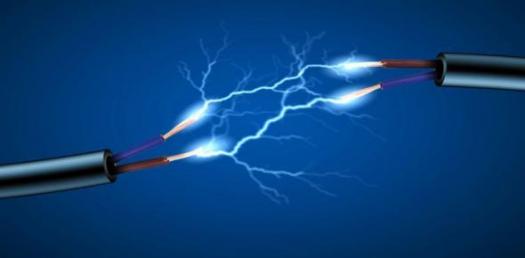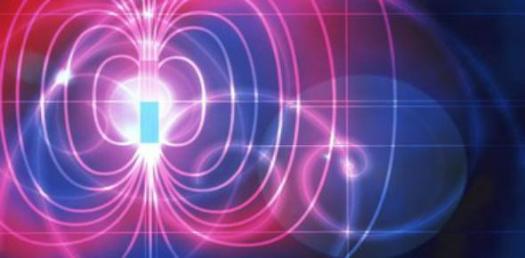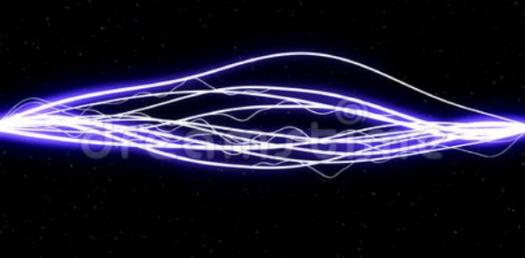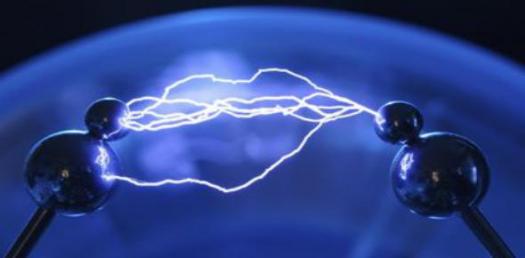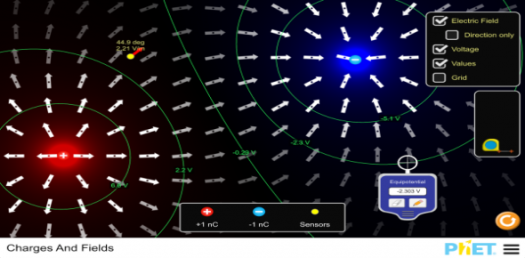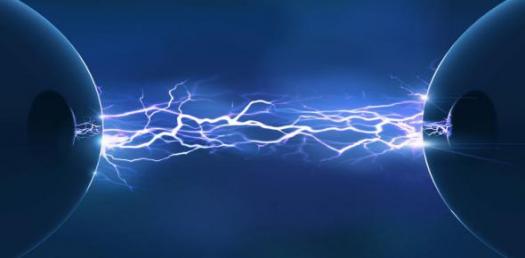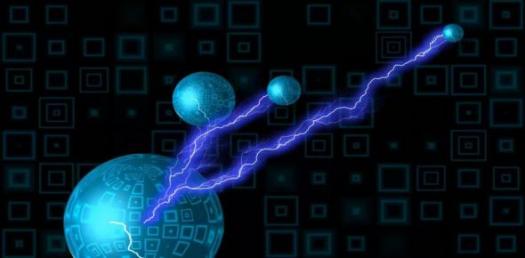Positive And Negative Charges Quiz

Electric charges whether positive or negative, are often considered collectively as a conserved property. Electric charges can be negative or positive and are carried by subatomic particles. Several studies have revealed the science of positive and negative charges. Are you conversant with the studies? Know your standing in this quiz.
- 1.
Which of these is not part of an atom?
- A.
Electron
- B.
Proton
- C.
Pluton
- D.
Neutron
Correct Answer
C. PlutonExplanation
Pluton is not part of an atom. Electrons, protons, and neutrons are the three main subatomic particles that make up an atom. Electrons are negatively charged particles that orbit around the nucleus, while protons are positively charged particles found in the nucleus. Neutrons are neutral particles also found in the nucleus. However, Pluton is not a subatomic particle and is not part of the atomic structure.Rate this question:
-
- 2.
Which of these is positively charged?
- A.
Neutron
- B.
Proton
- C.
Electron
- D.
Pluton
Correct Answer
B. ProtonExplanation
The correct answer is Proton. Protons are subatomic particles found in the nucleus of an atom and they carry a positive charge. Neutrons have no charge, electrons have a negative charge, and Pluton is not a subatomic particle.Rate this question:
-
- 3.
What kind of charges repel?
- A.
Converging charges
- B.
Diverging charges
- C.
Like charges
- D.
Unlike charges
Correct Answer
C. Like chargesExplanation
Like charges repel because they have the same charge, either positive or negative. According to the principle of electrostatics, like charges will experience a force of repulsion, pushing them away from each other. This is due to the fact that charges of the same sign create an electric field that pushes against each other, resulting in repulsion.Rate this question:
-
- 4.
What kind of charges attract?
- A.
Unlike charges
- B.
Like charges
- C.
Converging charges
- D.
Diverging charges
Correct Answer
A. Unlike chargesExplanation
Unlike charges attract because they have opposite electric charges. Positive charges attract negative charges, and vice versa. This attraction occurs due to the electric force between the charges, which is stronger when the charges are closer together. Unlike charges have a tendency to move towards each other in order to neutralize their overall charge and achieve a more stable state.Rate this question:
-
- 5.
Which of this subatomic particle is negatively charged?
- A.
Pluton
- B.
Electron
- C.
Proton
- D.
Neutron
Correct Answer
B. ElectronExplanation
Electrons are negatively charged subatomic particles. They are found outside the nucleus of an atom and have a relative mass of 1/1836 amu. Electrons play a crucial role in chemical bonding and determining the properties of atoms and molecules.Rate this question:
-
- 6.
What is the S.I unit of electric charges?
- A.
Coulomb
- B.
Faraday
- C.
Newton
- D.
Deca
Correct Answer
A. CoulombExplanation
The SI unit of electric charges is Coulomb. This unit is named after the French physicist Charles-Augustin de Coulomb, who made significant contributions to the understanding of electrostatic forces. The Coulomb is defined as the amount of electric charge transported by a current of one ampere in one second. It is used to measure the quantity of electric charge in a system and is commonly used in various fields of science and engineering.Rate this question:
-
- 7.
What is the study of charged particles called?
- A.
Physics
- B.
Quantum elctrodynamics
- C.
Radio physics
- D.
Electrochemistry
Correct Answer
B. Quantum elctrodynamicsExplanation
Quantum electrodynamics is the study of the behavior of charged particles and their interaction with electromagnetic radiation. It combines quantum mechanics and classical electrodynamics to provide a theoretical framework for understanding the behavior of particles such as electrons and photons. This field of study is particularly important in understanding phenomena such as the behavior of electrons in atoms and the emission and absorption of light.Rate this question:
-
- 8.
What is an ion with a positive charge called?
- A.
Cation
- B.
Anion
- C.
Electrostatic charge
- D.
Electro dynamic charge
Correct Answer
A. CationExplanation
A cation is an ion with a positive charge. It is formed when an atom loses one or more electrons, resulting in a net positive charge. Cations are attracted to anions, which are ions with a negative charge, and together they form ionic compounds.Rate this question:
-
- 9.
What is a negatively charged ion called?
- A.
Anion
- B.
Cation
- C.
Electron
- D.
Photon
Correct Answer
A. AnionExplanation
A negatively charged ion is called an anion. Anions are formed when an atom gains one or more electrons, resulting in a negative charge. This occurs when the atom has more electrons than protons. Anions play an important role in chemical reactions and can be found in various compounds.Rate this question:
-
- 10.
Who popularized the science of electric charges?
- A.
Steve Coulombs
- B.
Micheal Faraday
- C.
Joe Russell
- D.
Emman Rutz
Correct Answer
A. Steve CoulombsExplanation
The correct answer is Michael Faraday. Michael Faraday is credited with popularizing the science of electric charges through his extensive research and discoveries in the field of electromagnetism. He formulated the laws of electrolysis and made significant contributions to the understanding of electric and magnetic fields. His work laid the foundation for the development of modern electrical technology.Rate this question:
-
Quiz Review Timeline +
Our quizzes are rigorously reviewed, monitored and continuously updated by our expert board to maintain accuracy, relevance, and timeliness.
-
Current Version
-
Mar 21, 2023Quiz Edited by
ProProfs Editorial Team -
Jan 07, 2019Quiz Created by
Gregorynaomi
 Back to top
Back to top



